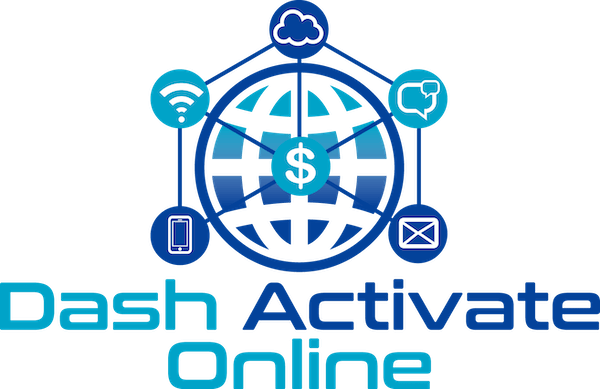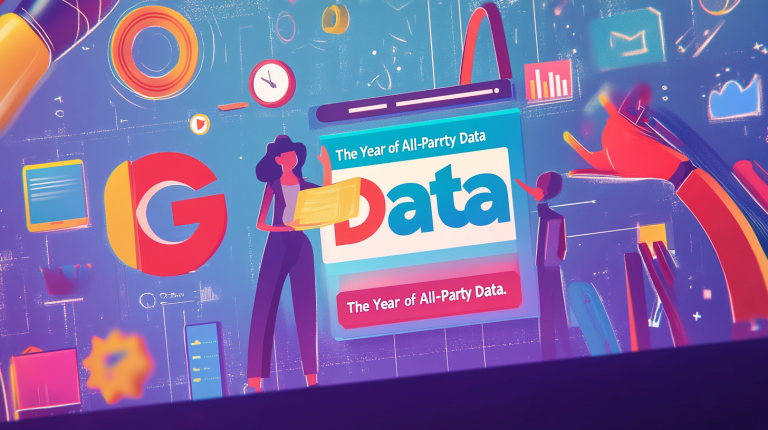As anyone who’s tried to “dabble” in Facebook Advertising knows, this giant of the social media world is definitely not gentle. With the constant algorithm changes, advertising updates and data scandals building a house in quicksand seems like an easier proposition.
Luckily for you, our expert team is DEEP in the world of Facebook every single day. We live and breath social media marketing which gives you instant access to the latest insights and techniques.
With 2019 off to a flying start, how is it March already?!?! We wanted to riff on what to expect from Facebook advertising in 2019…
Links vs Images vs Video:
Whilst link posts are still the most popular posts on Facebook accounting for 54.9% of all posts based on a recent study conducted by Quintly. Images are the most popular choices for smaller Facebook Pages. Even more popular across Facebook newsfeeds than link posts.
For Pages with up to 10,000 fans, images make 54% of the content, with links following at 35% of the content. It’s also interesting that Pages with more than 10 million fans don’t seem to prefer images compared to videos. In fact, images take only 25% of their content, with links being at 53% and videos at 22%.
Analyzing the interaction for all content types:
Link posts might be the most popular choice in the analyzed pages, but videos see the highest number of interactions.
-
- Videos tend to have 65% more interactions than images
-
- Images tend to have 105& more interactions than status updates
-
- Status updates have 50% less interactions than images
- Link posts have 72% less interactions than videos
The takeaway here is that video content can be highly engaging on Facebook. However, not all pages are able to create their own videos, especially on a frequent basis. In such this case, images also make a good choice to engage with your audience.
Link posts also make for an easy way to share new content, but they still lack in interactions compared to videos.
A good way to follow these interactions rates in your Page is to focus on the quality over quantity. Try sharing one video every week instead of three link posts? It should be a good experiment for your engagement rate and the impact it has on your Page’s organic performance.

Ideal post length:
A frequent question regarding Facebook posts is what performs better short or longer captions. Whilst there isn’t a concrete right or wrong answer to this question, it is still useful to understand how Page Managers share their own content.
40.4% of the respondents use 51-150 characters in their posts. 25.3% of them use 151-300 characters. 13.5% of them pick captions of up to 50 characters. Only 12.5% of them create captions longer than 300 characters.
This means that we don’t necessarily need to create longer captions if the accompanying content is appealing on its own. For example, sharing an engaging image or video? You won’t need a large caption to convince your followers to pay attention to it. On the contrary, a link post may need more explanation why you’re sharing this link to your Page.
It’s useful to experiment with different post lengths in your Page so that you understand what your followers want to see from you. Sometimes even an emoji can be enough! 😄

Do people use Reactions?
Facebook introduced Post Reactions to help people express themselves more creatively. A “like” may still be the most popular option when people interact with content. However, the “love” reaction has also seen increased usage in 2018.

“Love” and “haha” seem to be the most popular choices after the like and it reminds us of the importance to create different content for different reactions.
If someone uses “haha” instead of “like”, it probably means that they enjoyed your post more than the usual ones. Thus, it’s useful to think of the emotions that your posts spark and how you can encourage more of them in the most natural way.

Next steps…
The results of the study are really useful when we want to understand the changing marketing habits on Facebook. It may be challenging nowadays to survive simply with the use of the organic reach, but it’s also useful to understand how people interact with posts as the same thinking needs to apply to your paid activity.
The most important thing to remember is – don’t be afraid to try out different content types, days, copy lengths or posting times to improve your engagement rate. If you’re not testing, you’re gambling.
Start noticing how each experiment affects your current metrics and repeat what’s working best for your Page.
If you need a helping hand to construct your social media plan or want to chat more about your goals and objectives get in touch with one of the experts at Dash Activate Online now!





